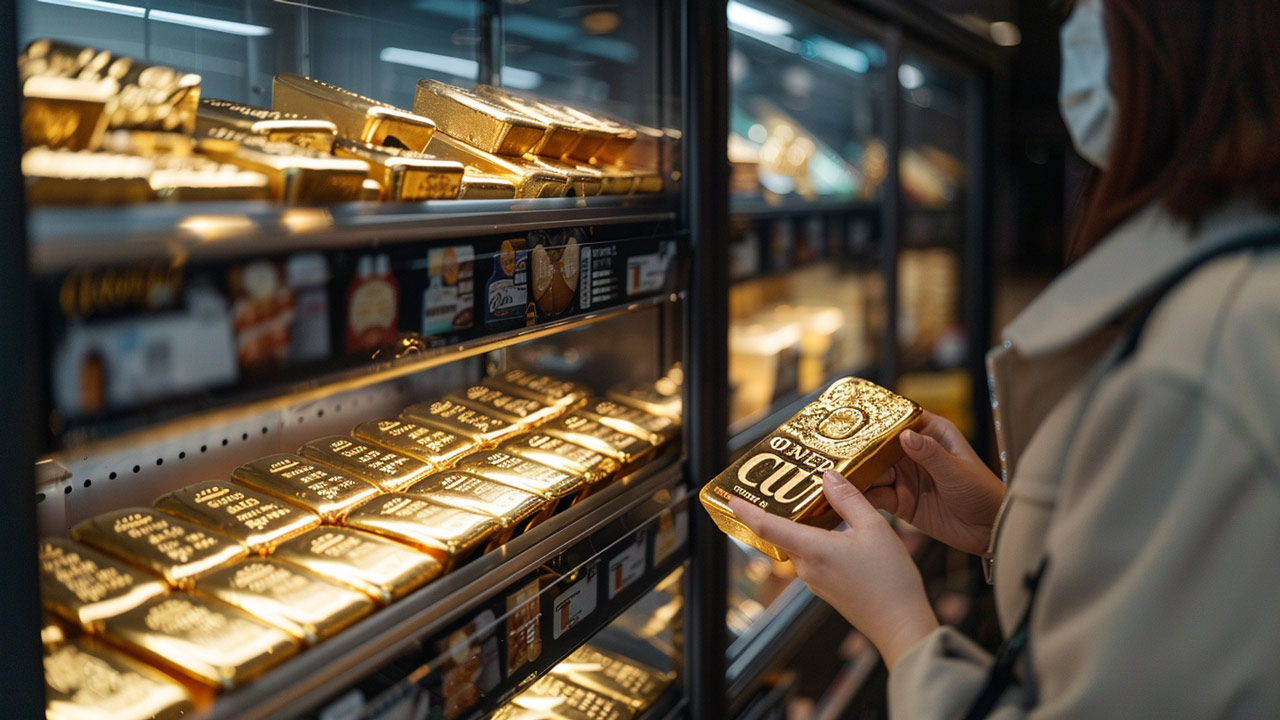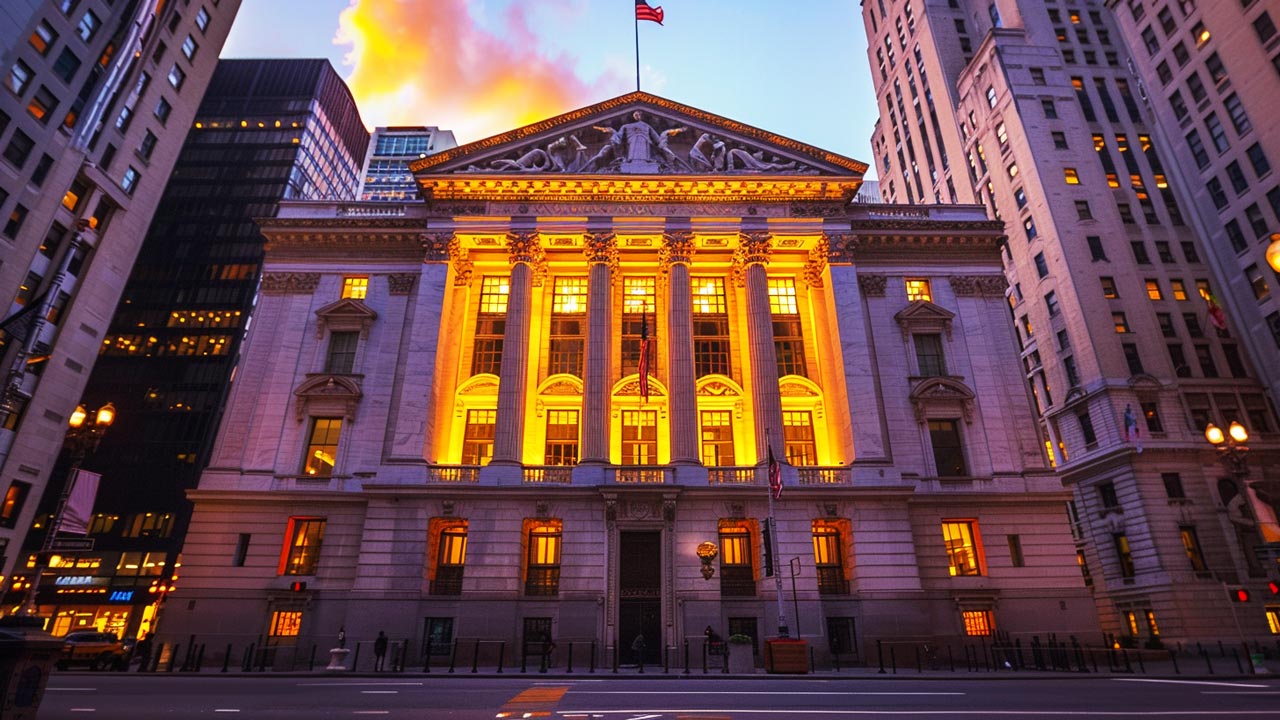If the Fed Is Fighting Inflation Why Is the Balance Sheet Still Expanding?
If the Fed is fighting inflation and has ended quantitative easing, why is its balance sheet still going up?
In the week ending April 13, the balance sheet grew by $27.9 billion, hitting a new record of $8.965 trillion. This is up about $3 billion from its previous high in March.
As Peter Schiff put it in a tweet, “For all the talk of fighting inflation and shirking its balance sheet, the Fed continues creating more inflation and expanding its balance sheet!”
At the end of March, it looked as if the Fed had ended QE. The balance sheet fell between March 21 and March 28 but then increased slightly the following week prior to the nearly $28 billion increase last week.
Looking at the graph, QE has clearly slowed down, but balance sheet expansion hasn’t stopped. Despite the taper having supposedly ended at the beginning of March, the Fed still appears to be running quantitative easing. In effect, the central bank continues to print money out of thin air to buy bonds. This is the exact opposite of fighting inflation.
We shouldn’t be seeing a growing balance sheet in the midst of historically high inflation.
Even if balance sheet expansion has slowed to a trickle, it continues to expand. Given the inflation problem and all the talk about fighting rising prices, you would expect the Fed to be shrinking its balance sheet. It certainly would be if it was serious about an inflation fight.
That raises a question: given the surging CPI, why wait to begin running off the balance sheet?
Because the Fed knows it can’t do it without tanking the entire economy.
This is the worst war on inflation ever.
To put that in perspective, the balance sheet stood at $4.16 trillion in February 2020, as the coronavirus pandemic started to unfold. That was up from a low of $3.76 trillion in September 2019, when the Fed gave up on tightening because the stock market tanked and the economy was getting wobbly.
That means most of the Treasuries the Fed bought in the first rounds of QE after the 2008 financial crisis remain on the balance sheet today — plus trillions more.
And we’re supposed to think the Fed is going to successfully shrink its balance sheet this time around?
It seems unlikely. Heck, it can’t even seem to finish the taper.
Here’s the reality; while the Fed is talking about fighting the inflation fire, it is still pouring gas on the inflation fire. An expanding balance sheet means the Fed is still engaged in expansionary monetary policy. So far, the inflation fight is a lot of talk and not much action.






 American-made weapons will soon be bound for Taiwan, American lawmakers are telling Taiwanese President Lai Ching-te, sending shockwaves of uncertainty through electronics and metals markets this week.
American-made weapons will soon be bound for Taiwan, American lawmakers are telling Taiwanese President Lai Ching-te, sending shockwaves of uncertainty through electronics and metals markets this week. Central bank gold buying has been a significant factor in the yellow metal’s spectacular run-up to new record highs. But with its recent small correction downward, it’s a good time to look at which central banks are selling — and why.
Central bank gold buying has been a significant factor in the yellow metal’s spectacular run-up to new record highs. But with its recent small correction downward, it’s a good time to look at which central banks are selling — and why. Amid ongoing tension in the Middle East, Iranian President Ebrahim Raisi and the foreign minister have been confirmed dead Monday after a helicopter crash. The officials’ shocking demise casts additional investor doubt on a region already plagued by economic upheaval, with supply chain uncertainties fueling record-high metal prices this week.
Amid ongoing tension in the Middle East, Iranian President Ebrahim Raisi and the foreign minister have been confirmed dead Monday after a helicopter crash. The officials’ shocking demise casts additional investor doubt on a region already plagued by economic upheaval, with supply chain uncertainties fueling record-high metal prices this week. While gold bullion is most often sold in bar or 1oz coin form, the Korean retail market is benefitting from gold’s latest success with a very atypical marketing strategy. It has been traditionally thought that investors prefer larger increments of bullion because they simplify calculations and have a lower transaction cost than buying the same amount of gold in smaller increments. Demand for traditional bars and coins in South […]
While gold bullion is most often sold in bar or 1oz coin form, the Korean retail market is benefitting from gold’s latest success with a very atypical marketing strategy. It has been traditionally thought that investors prefer larger increments of bullion because they simplify calculations and have a lower transaction cost than buying the same amount of gold in smaller increments. Demand for traditional bars and coins in South […] With the eventual introduction of central bank digital currency (CBDCs) now seemingly inevitable, there are a lot of directions central banks could take with their digital currency projects that would have dramatic implications for the price of gold.
With the eventual introduction of central bank digital currency (CBDCs) now seemingly inevitable, there are a lot of directions central banks could take with their digital currency projects that would have dramatic implications for the price of gold.